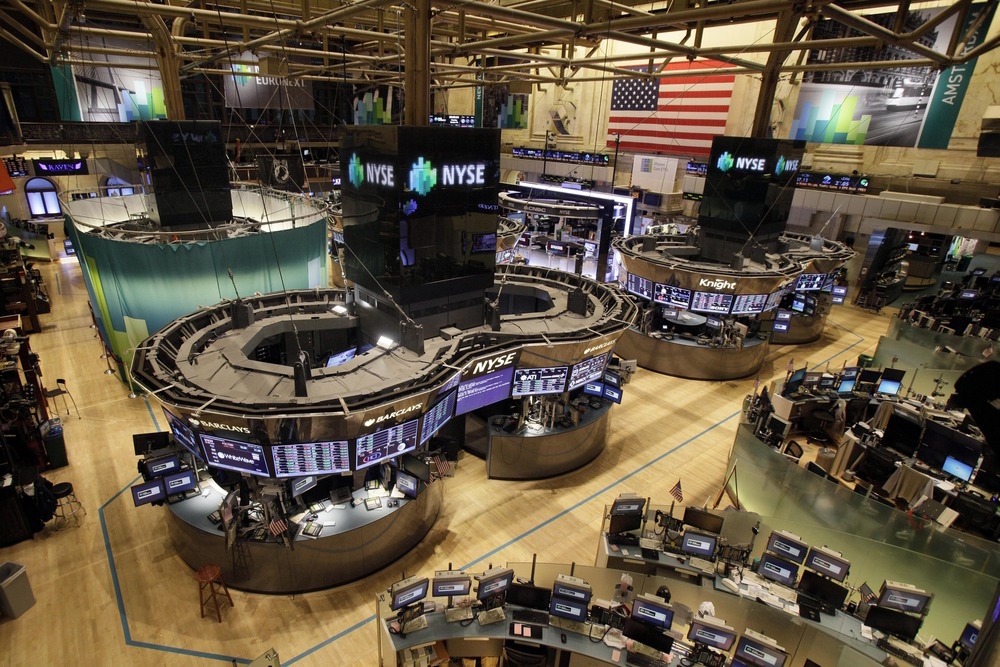
The tech-heavy Nasdaq Composite increased by 99.37 points, representing a 0.4% rise, to finish at 22,484.07. On Friday, market experienced a positive close, buoyed by gains in the utilities and discretionary sectors. The inflation figures published on that day aligned with forecasts, reinforcing the belief that additional rate reductions could occur in 2025. All three benchmark indexes concluded the trading session with gains. The Dow Jones Industrial Average experienced an increase of 0.7%, translating to a rise of 299.97 points, ultimately closing at 46,247.29. Twenty-four components of the 30-stock index concluded in positive territory, whereas six finished in negative territory.
The S&P 500 increased by 38.98 points, representing a 0.6% rise, concluding at 6,643.7. All 11 broad sectors of the benchmark index concluded the trading session with positive performance. The Utilities Select Sector SPDR advanced by 1.6%, while the Consumer Discretionary Select Sector SPDR and the Materials Select Sector SPDR increased by 1.5% and 1.2%, respectively. The CBOE Volatility Index, often referred to as the fear gauge, experienced a decline of 8.7%, settling at 15.29. On Friday, the trading volume reached 17 billion shares, which is below the 20-session average of 18.1 billion shares. On the NYSE, the ratio of advancers to decliners stood at 2.25-to-1, while on the Nasdaq, it was 1.69-to-1. On Friday, indexes experienced an uptick as investors reacted positively to the latest report on the Personal Consumption Expenditures price index, which is the Federal Reserve’s favored gauge of inflation.
The data aligned with projections, indicating a sustained easing of price pressures. This provided reassurance to markets that inflation is progressing consistently toward the Fed’s 2% target, alleviating worries that policymakers could postpone or retract their intentions regarding rate cuts. All three benchmark indexes concluded the trading session with gains, indicative of a prevailing optimism regarding the continuation of supportive monetary policy in the forthcoming months. Stable inflation has bolstered the probability of reduced borrowing costs in the near future. Investors viewed the PCE report as indicative of advancements in the Federal Reserve’s efforts to combat inflation, all while maintaining the potential for sustainable economic growth. The PCE for August registered a growth of 0.4%, maintaining the same rate observed in July. Core inflation for August rose by 0.2%, sustaining the same growth rate observed in July.
Friday’s movement highlighted the significance of the PCE index in influencing investor sentiment. The PCE, in contrast to the Consumer Price Index, offers a more comprehensive and precise representation of household expenditure and inflationary patterns, thereby playing a crucial role in the decision-making processes of the Federal Reserve. With the most recent data indicating no new inflationary pressures, equity markets experienced a sense of relief at the prospect that the Fed is unlikely to change its course.
